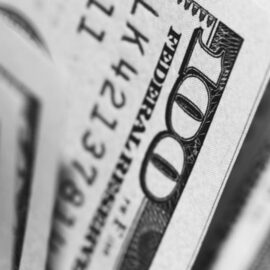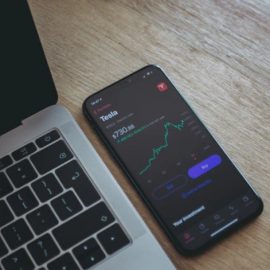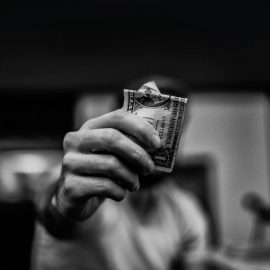

This article is an excerpt from the Shortform book guide to "Flash Boys" by Michael Lewis. Shortform has the world's best summaries and analyses of books you should be reading.
Like this article? Sign up for a free trial here .
What is prop trading? How do firms and banks use prop trading to trade against their customers?
Proprietary trading (also known as “prop trading”) is used by banks or financial firms to trade for themselves, not their customers. However, doing so means that they’re competing against their own customers, and they have more power to win.
Continue to learn what is prop trading and how it works as a scheme.
What Is Prop Trading?
A feature of electronic trading was the rise of proprietary traders—also known as prop traders or prop shops—who traded on behalf of a bank or independent financial firm, not the firm’s individual customers. In Flash Boys, Michael Lewis explains that prop shops used the firm or bank’s own money to trade, rather than relying on the revenue from customer orders. Banks got a small commission from customer orders, but the profit margins weren’t large, so prop trading helped them make more money.
Lewis reveals that because the banks weren’t required to use the same technology for their customers as they did for prop trading, they used a faster telecom connection—such as Spivey’s fiber-optic line—for proprietary trading, but not for their individual customers. Thus their customers’ orders used slower cables, had higher latency times, and were at a speed disadvantage—all without their customers knowing about it.
(Shortform note: Since the publication of Flash Boys, the Federal Reserve has enacted more regulations affecting banks and their definition of what is prop trading. One such regulation is known as the Volcker Rule, which limits what kinds of dealings and investments banks can make with hedge funds and private equity funds. Before the Volcker Rule, many banks had high-frequency trading (HFT) departments, but after its implementation, banks weren’t allowed to have proprietary trading desks or hedge fund investments. Consequently, banks have closed their HFT shops, but many face accusations of past HFT-related misconduct.)
Using Prop Trading Against Customers
Is Wall Street aware of what prop trading is? Lewis asserts that not only do Wall Street firms know what prop trading is, but that they’re participating in it.
In response to high-frequency trading (HFT), Wall Street banks used what is known as prop trading to trade against their customers in their dark pools, thus committing their own form of dark-pool arbitrage. Like HF traders, the banks’ prop traders—traders who work on behalf of the bank instead of on behalf of customers—used dark pools to see customer orders, buy stocks on other exchanges, and sell that stock at a higher price to the customer in the dark pool. Thus, rather than trying to fix the problems caused by HFT, the banks made the problem worse by participating in the behavior of prop trading that harmed their own customers.
(Shortform note: When trading against their customers, banks also misled customers about what happened with their trades and failed to disclose that their own affiliates were profiting from their orders. The SEC has taken action against some of these banks for misleading customers, resulting in a collective $154 million settlement from Credit Suisse and Barclays PLC after the banks didn’t regulate their dark pools by giving customers inaccurate information and breaking SEC pricing rules. Another bank paid $37 million to stop a similar investigation into their mistreatment of customers.)

———End of Preview———
Like what you just read? Read the rest of the world's best book summary and analysis of Michael Lewis's "Flash Boys" at Shortform .
Here's what you'll find in our full Flash Boys summary :
- Why high-frequency trading (HFT) is a threat to your investments
- A look at Wall Street’s greedy response to HFT
- How Canadian trader Brad Katsuyama tried to fight the problem






